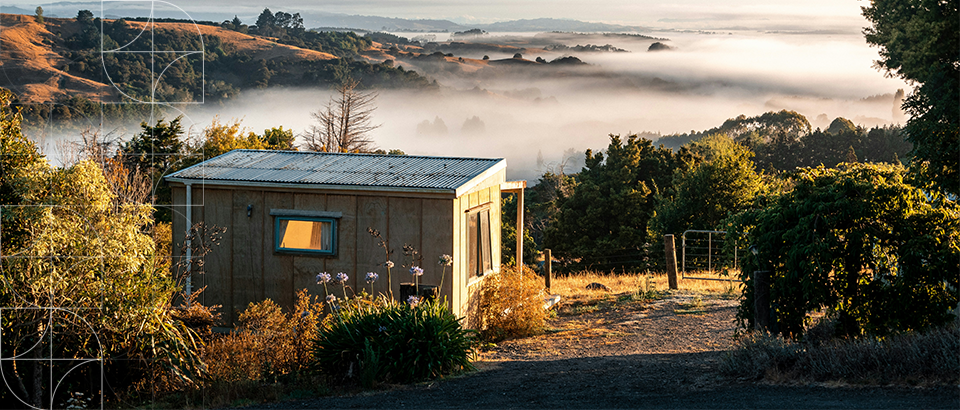Non-consented small stand-alone dwellings

Non-consented small stand-alone dwellings
Monday 30 June, 2025
Last year, the Government invited submissions on its discussion paper Making it easier to build granny flats, which addressed resource and building consent provisions that might be amended to “make it easier to build granny flats and increase the supply of affordable homes for all New Zealanders.”
The consultation was followed in April by an announcement that a new National Environmental Standard (NES) under the Resource Management Act (RMA) would be developed by the end of this year, requiring all councils to permit a granny flat on sites in rural and residential zones without the need to gain a resource consent. The new NES is to be timed to take effect simultaneously as changes to the Building Act are made to make it easier to build granny flats without consent.
These changes, when enacted, will allow the construction of a complying dwelling of up to 70 square metres without the need to obtain either a resource consent or a building consent.
We have yet to see the details of the changes that will apply to the resource consent process but changes to the Building Act are underway.
The Building and Construction (Small Stand-alone Dwellings) Amendment Bill had its first reading on 22 May and was referred to the Transport and Infrastructure Select Committee with submissions closing on 23 June. The Explanatory note to the Bill continues to refer to granny flats, but in fact, the Bill addresses provisions for the construction of non-consented small stand-alone dwellings. The Building Act will be amended to permit the construction of such dwellings up to 70m2 without obtaining a building consent, provided that: The granny flat is simple in its design and meets the building code; the building work is carried out by authorised ‘professionals’; and councils are notified before, and on completion, of the building work.
Apart from these conditions and the size constraint, to qualify as a non-consented small stand-alone dwelling, the building must be new, stand-alone, single-storey, compliant with the building code, and meet the design specifications set out in a new Schedule 1A to be inserted into the Building Act.
However, the requirements are not difficult to meet and are likely to be easily met by the many companies providing pre-fabricated homes.
Although a building consent is not required, councils are not removed from the process. An owner proposing a non-consented small stand-alone dwelling must apply for a project information memorandum (PIM). The council is required to advise on whether the proposed building work meets the conditions of the exemption and whether adequate provision has been made to account for any natural hazard to which the land may be subject. When the building work is complete, the owner must notify the council and provide all work records and final plans. The council must retain those records for at least the life of the building.
The PIM process also allows councils to attach a development contribution notice for any charges owed in relation to the work. Those charges must be paid when the notice of completion is given. Were this not the case, there would not necessarily be any occasion to require a development contribution in the absence of either a resource or building consent.
The Local Government Act (LGA) will also be amended to allow a development contribution to be required when a PIM is issued for a non-consented small stand-alone dwelling.
Councils will have a transition period of three years from commencement of the new provisions during which they may require a development contribution to be paid on a non-consented small stand-alone dwelling even if this is not provided for in a development contribution policy but thereafter will have to amend their policies to continue to collect such a contribution.
It seems unlikely that the proposed changes will result in any large-scale development of smaller, simpler dwellings by developers, simply because the single-storey limitation does not allow for high-density development on high-value land.
As is apparently intended, it is more likely to appeal to those genuinely wanting to provide a flat for granny or those who are seeking to build a minor dwelling on larger but already developed sites.
As such, it could ease landowner frustration at the difficulty of using existing residential sites while at the same time lifting some of the burden of consent processing from councils.





